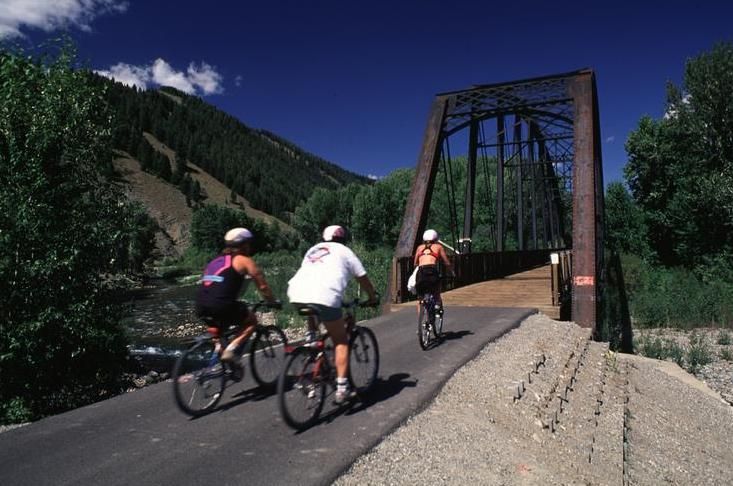|
Print Page | ||||||||||||||||
One component of the network is the Land Management Highway System(LMHS), which consists of the state- and county-maintained public roads and bridges that serve as critical connectors to the BLM transportation system and its lands. The LMHS enables the BLM to partner with state and county agencies in comprehensive transportation management to better serve the traveling public.
Comprehensive transportation planning has become a major priority for the BLM. Extensive cross-country travel impacts vegetation, soils, air and water quality, and cultural resources, and can fragment habitat on “open” lands, or lands where travel is not restricted. The BLM undertakes thoughtful and comprehensive transportation planning to lessen these potential problems. A well managed roads program with routine maintenance and repairs enables native plant revegetation; reforestation; fire rehabilitation; forage enhancement; noxious weed control; meadow/wetland restorations along BLM roads; and native aquatic passage.
The BLM transportation system, historically used primarily by BLM personnel and leaseholders, is now also extensively used by the general public, as many rural communities contiguous to public lands continue to experience unprecedented growth in residents and visitors. The completion of the federal highway system, and ongoing improvements to state highway systems, has also helped make formerly remote public lands more accessible and convenient to large populations. Where public lands were once destinations for extended-stay recreation opportunities, they now increasingly serve as backyard afternoon retreats. The growth of commercial activities and industries throughout the West has also brought many new economic opportunities to BLM-administered lands. The resulting mix of recreational and commercial activities further contribute to the complex challenges in managing the BLM transportation system. Additional Links:Bureau of Land Management Transportation Fact Sheet |
|||||||||||||||||












